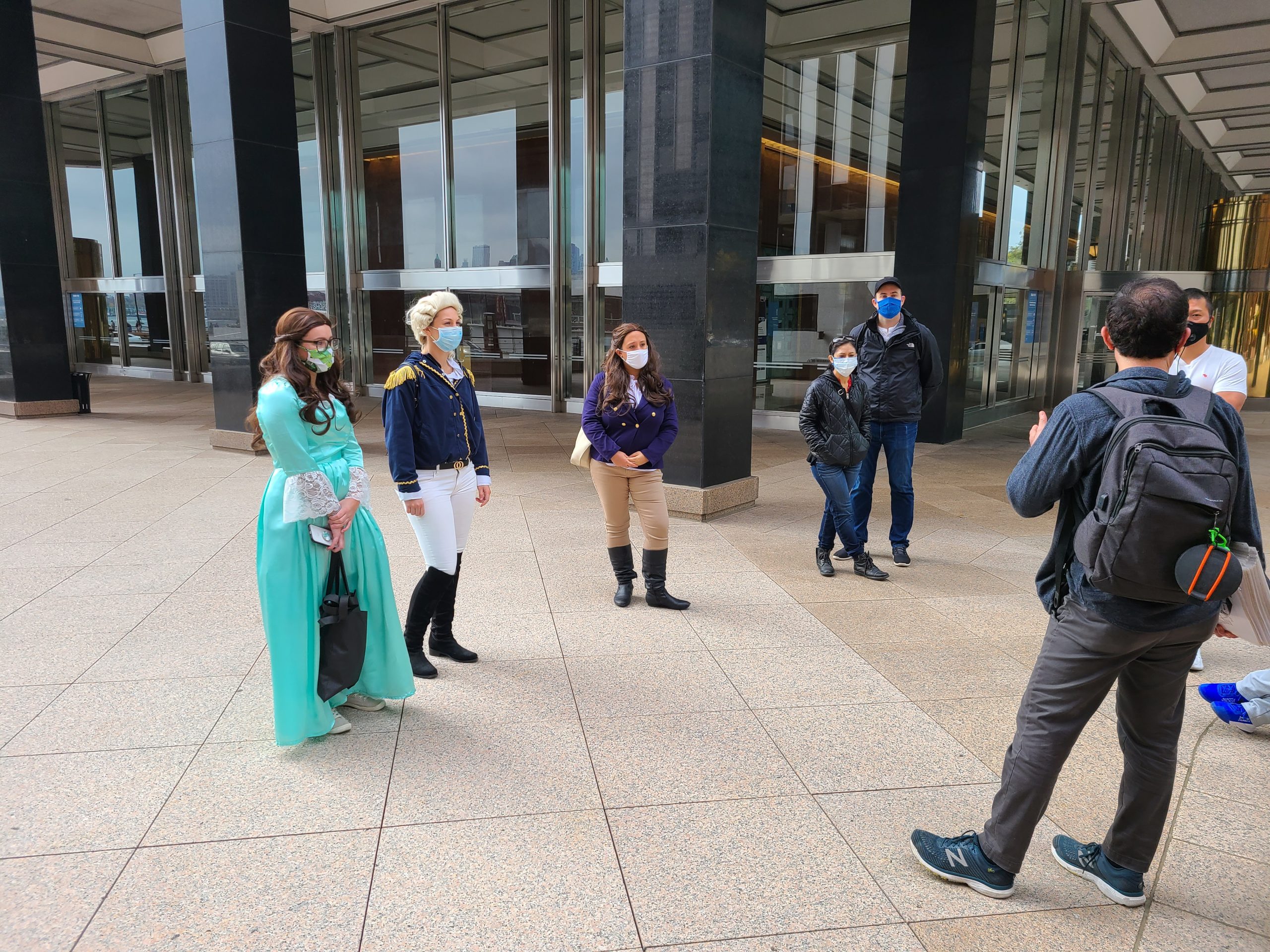
1) Bowling Green Park.
This park is New York City’s oldest and dates at least as far back as 1733 as a park. According to legend, the spot was a council ground for Native Americans in the early 1600s. At the far end of the small park, the side farthest away from the National Museum of the American Indian. There once stood an important piece of American history.
A golden statue of King George III riding a horse towered mightily, reminding colonists to whom they owed their undying loyalty. In 1771, a fence appeared to protect the statue. Atop the fence post stood several crown-shaped finials. Another reminder to the Colonists that they, along with everything in New York City, belonged to the Crown.
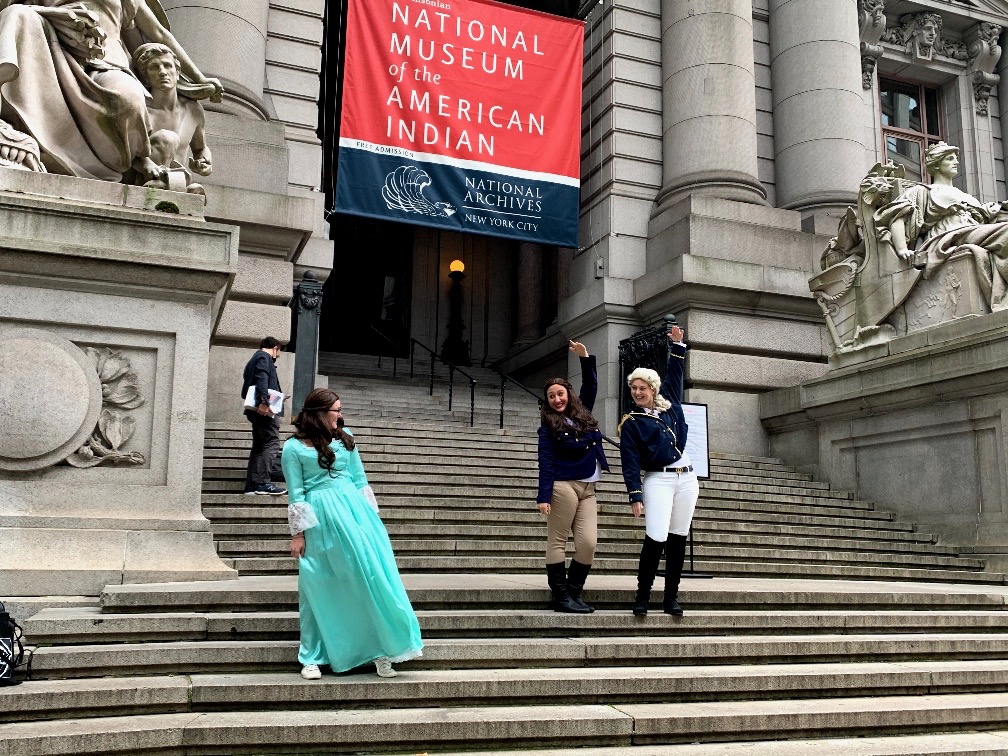
Crowns everywhere!
During the early days of displeasure with Great Britain, a group of (rowdy) Revolutionaries worked in the evening to tear down the golden statue. In addition, the group led by the Sons of Liberty sawed and kicked off all of the crowns finials that adorned the fence. The gold from the statue was eventually shipped off and melted down to make bullets for the Revolutionary War, but the fence itself remained.
Now for the cool part. That fence surrounding Bowling Green Park has not been replaced since the riot in the early days of the Revolution. That is to say, it’s original from the time period! If you run your fingers over the top of the fence, you can feel that the tops of the posts are jagged and uneven. This is because angry colonists were ripping off the crowns on the fence haphazardly!
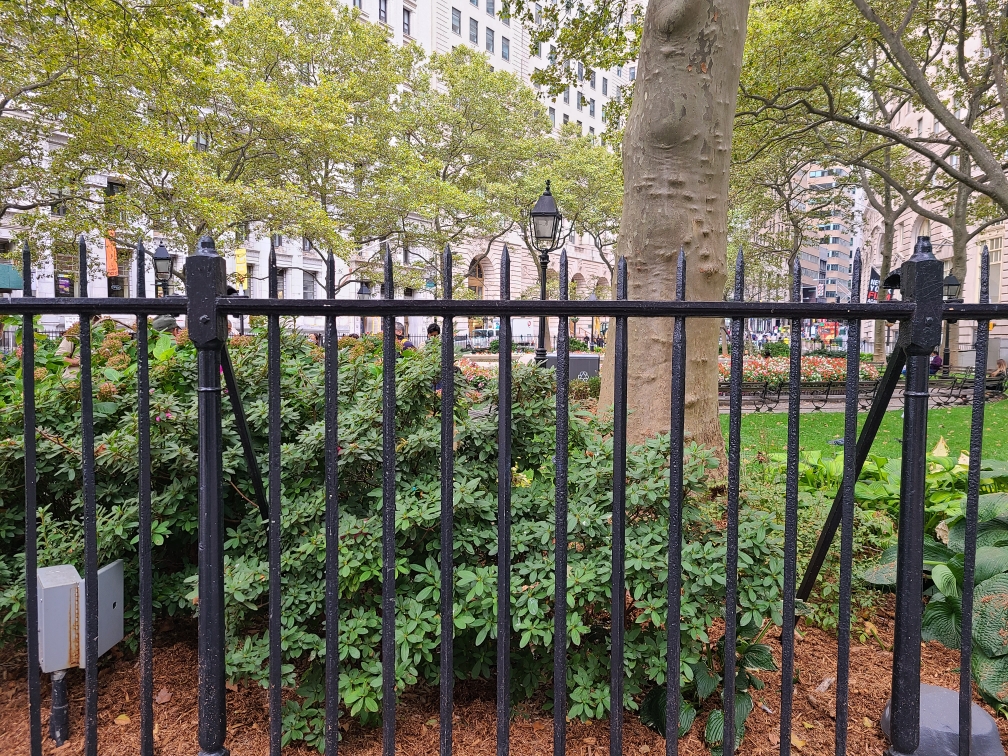
This might not be the “flashiest” historical site ever, but touching those jagged pieces allows us to feel the resentment of those American colonists from hundreds of years ago. It’s remarkable to me that my fingers can touch the same place where those peoples’ fingers not only grazed but in a most symbolic way initiated a Revolution in New York.
2) Fraunces Tavern.
The oldest restaurant in New York City was a buzzing hub for the Patriots and Wigs during the 18th century. However, it’s most famous for what occurred on December 4, 1783. After leading the Americans to victory, George Washington gathered his commanding officers at Fraunces Tavern. He wanted to bid them farewell and take his leave of them, to retire in Virginia.
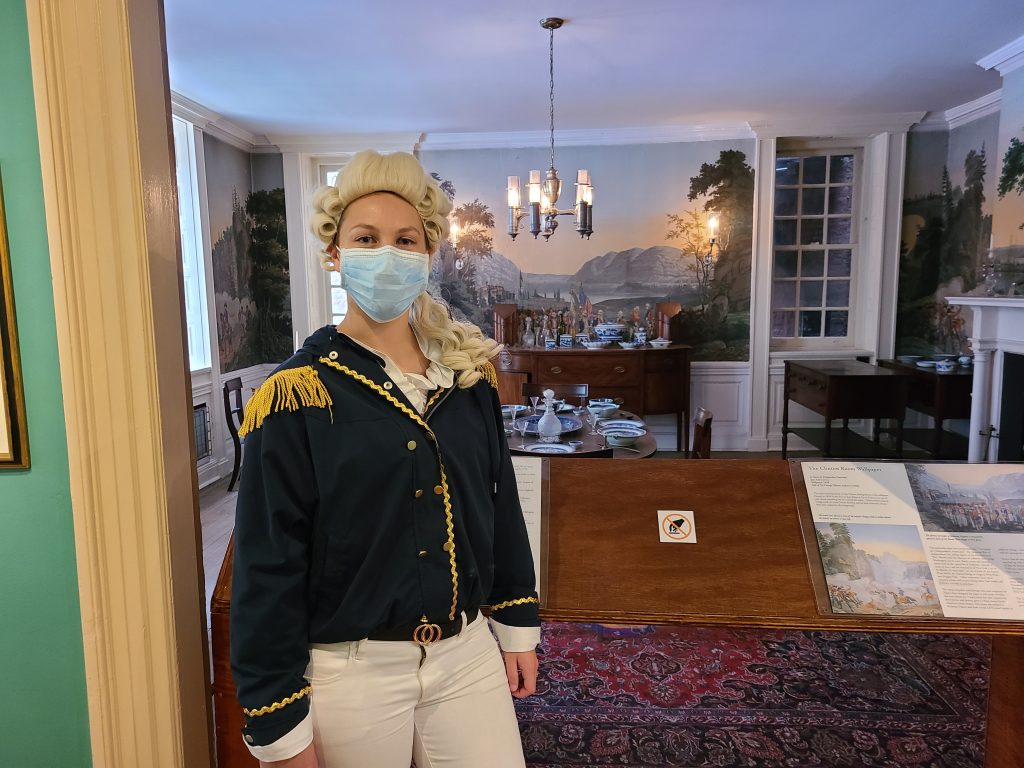
We all know that he went on to become our first president. However, this moment was still significant. It symbolized that America would not be a monarchy or totalitarian regime, but a true democracy. Despite these hearty mean having bravely fought a war that had finished nine days before, Washington’s farewell dinner was the moment that moved them all to tears.
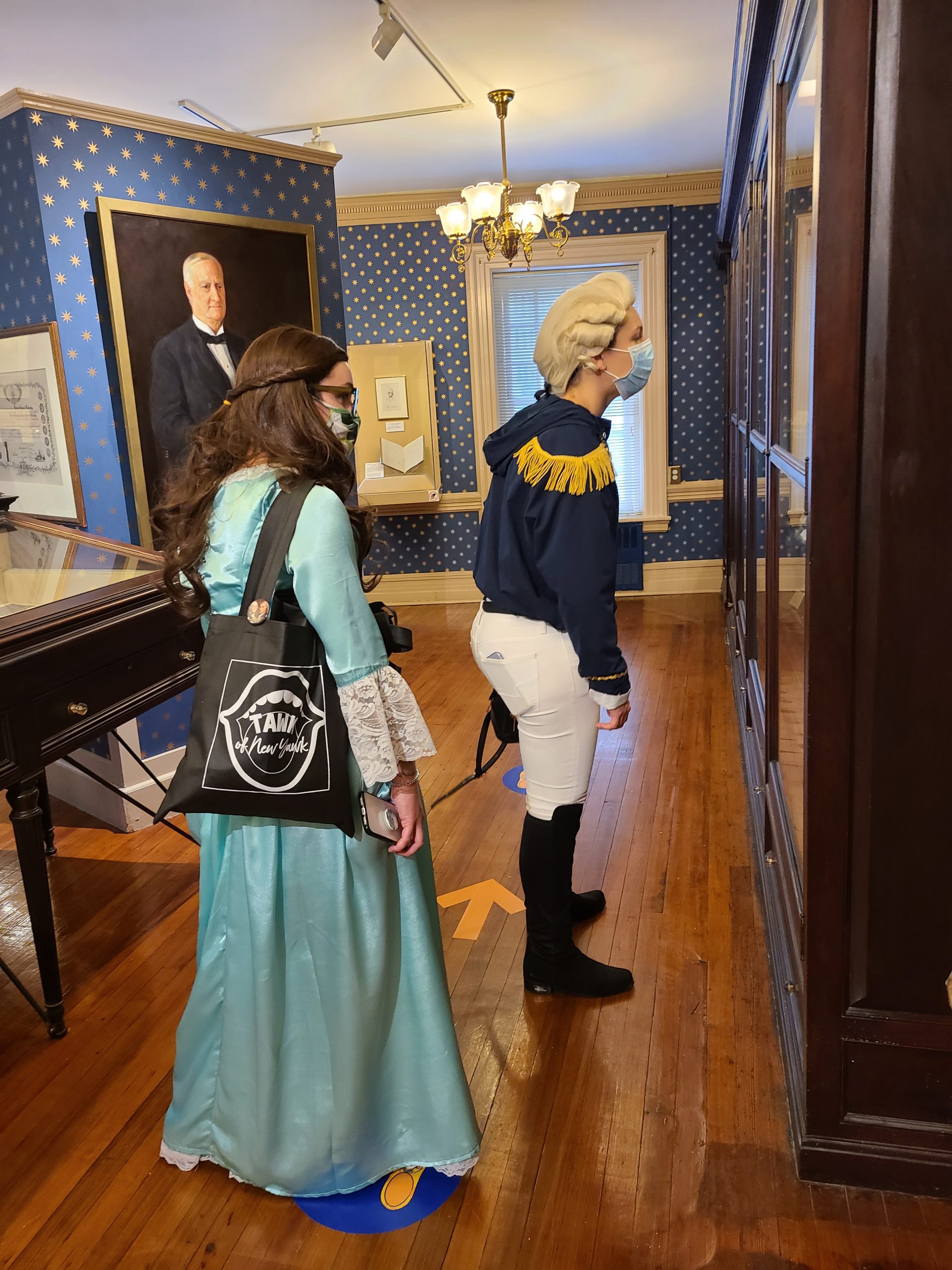
Not only can you dine on Colonial-inspired dishes here, but there is an entire Revolutionary museum upstairs in the restaurant. See the diary entry from Benjamin Tallmadge where he describes the dinner, marvel at the lock of Washington’s hair and tooth on display, and see the room in which Washington delivered his address perfectly reconstructed. With the dim interior, darkened wood, and boundless souls pacing the floors here (I’m taking creative liberty there) you’ll feel transported back in time.
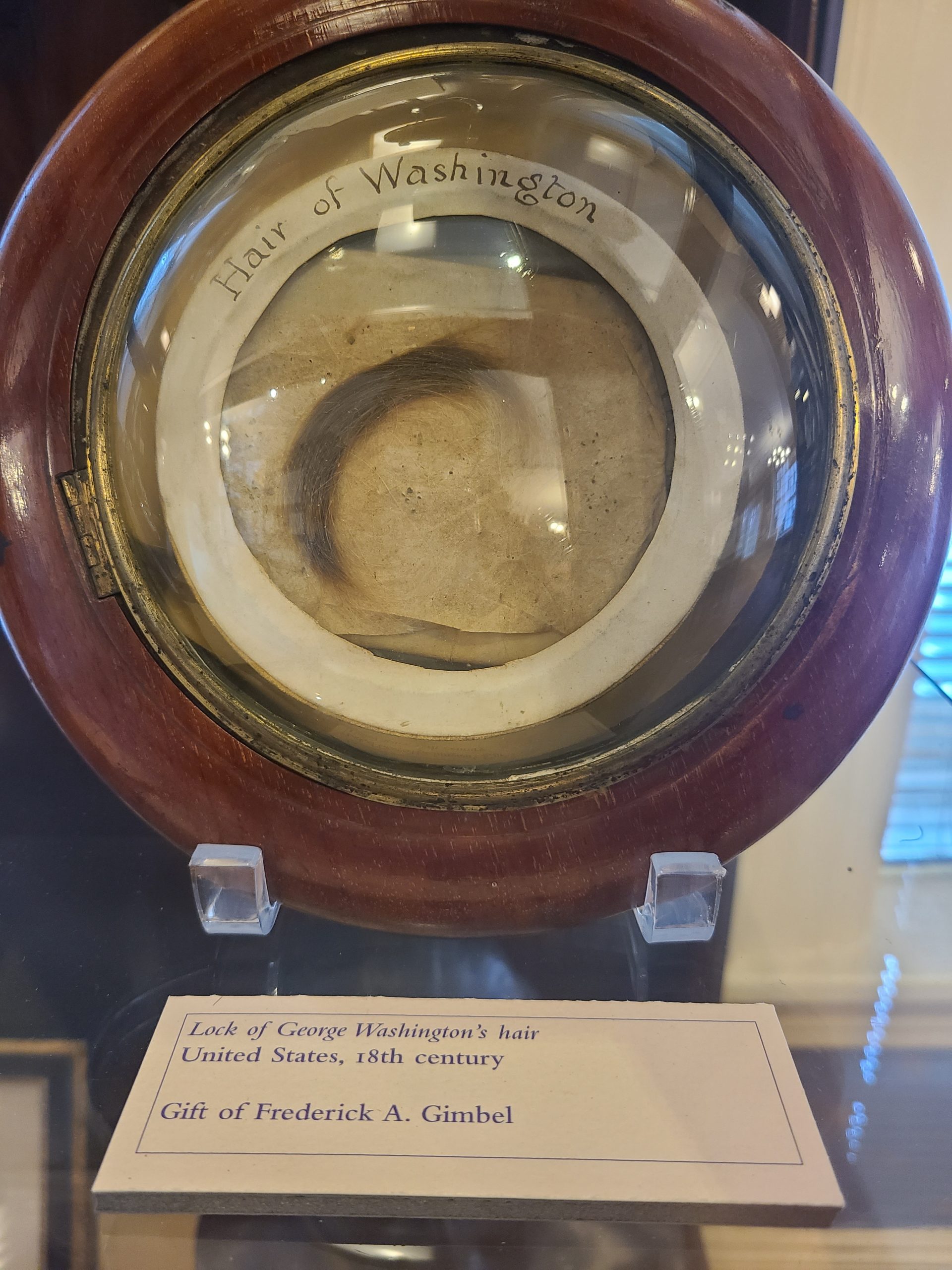
3. The Saint Elizabeth Ann Seton Shrine & James Watson House.
If you’ve ever wanted to see how far Manhattan has come since the days of wrestling for its control with the British, visit this place, stand outside, and marvel. Sandwiched between two gigantic, sleek, modern skyscrapers is a pink building leftover from the late 18th century period.
The building was home to James Watson, a wealthy Manhattan merchant in the 18th century. The entire area, in fact, was clad with homes of wealthy marine merchants, and as such the area was dubbed State Street’s Mansion Row.
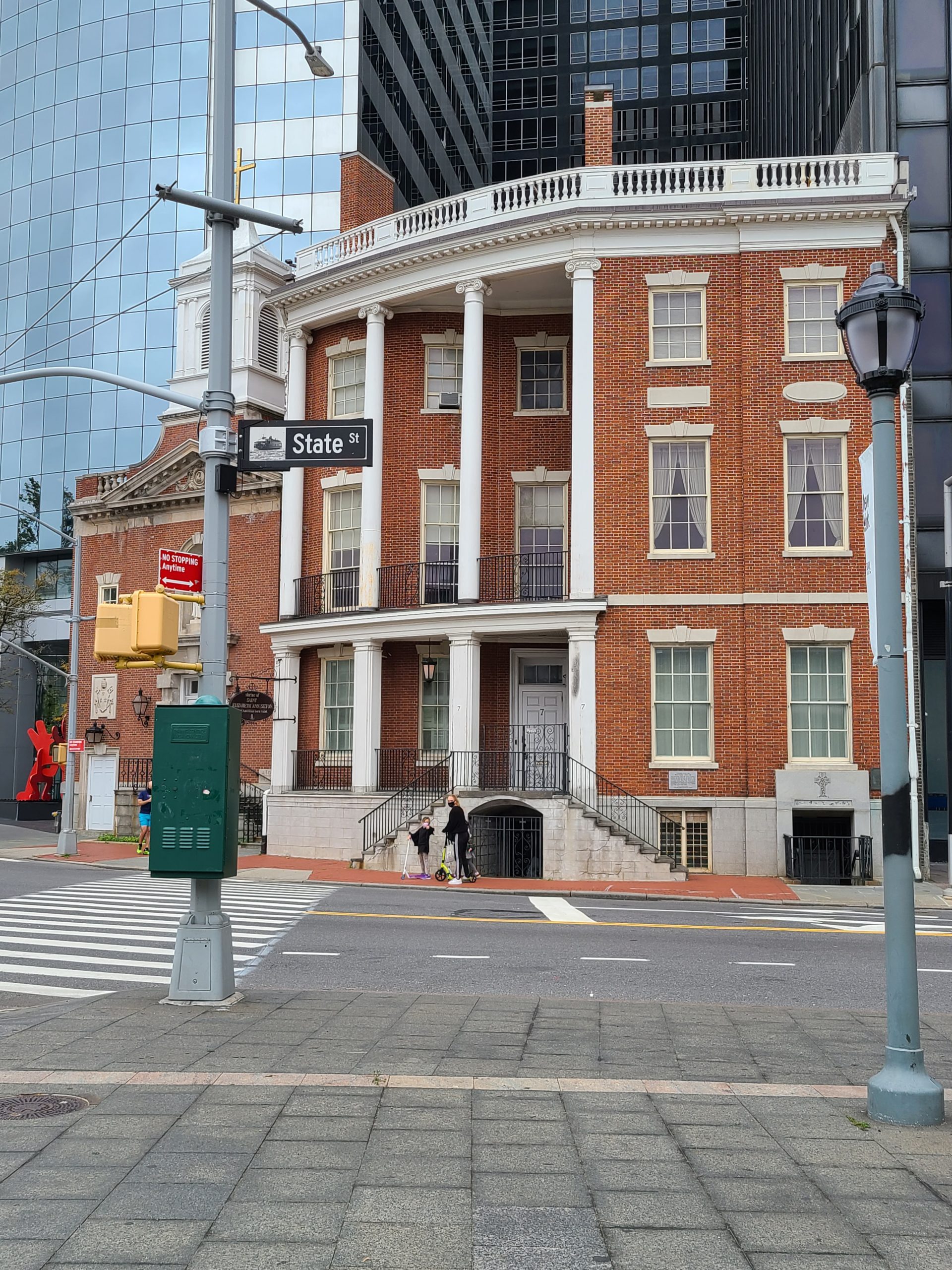
It’s assumed that James Watson being a Federalist almost certainly had meetings with Alexander Hamilton inside of the home considering that he too was a well-known figure of the Federalist party. What’s certain is the two absolutely knew and corresponded with each other, and copies of their correspondence can be found here.
Moreover, Hamilton’s wife, Elizabeth Schuyler-Hamilton also has ties to the place. Next to the building is a shrine dedicated to Elizabeth Seton. Seton is America’s first saint and her enormous amount of charity work and conversion from Lutheranism to Catholicism is what helped earn her the accolade. She worked alongside Elizabeth Schuyler-Hamilton to organize New York’s first private charity.
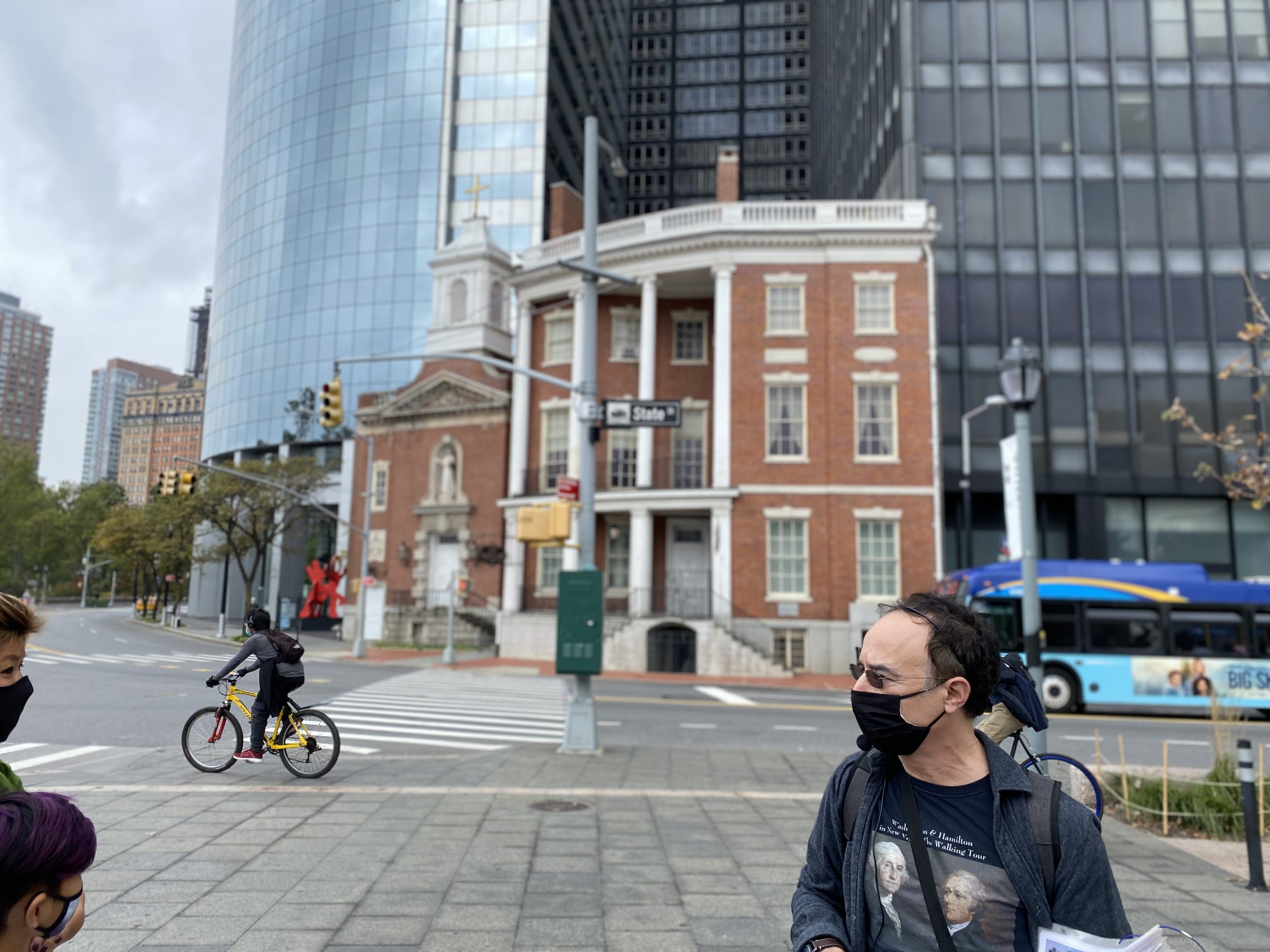
4. Federal Hall.
A gigantic statue of George Washington stands mightily in front of this classical-style building. The reason being, that in so many ways this site is the bedrock of the American government. It was here that George Washington took the sworn oath to become our nation’s first president. In addition, our first congress, as well as supreme court and executive branch offices, were located here.
Federal Hall is somehow both intimidating given its stature and the size of Washington outside, yet remarkably unassuming. Given its location in the Financial District, you might think, “oh, another big, white, building that has something to do with money.”
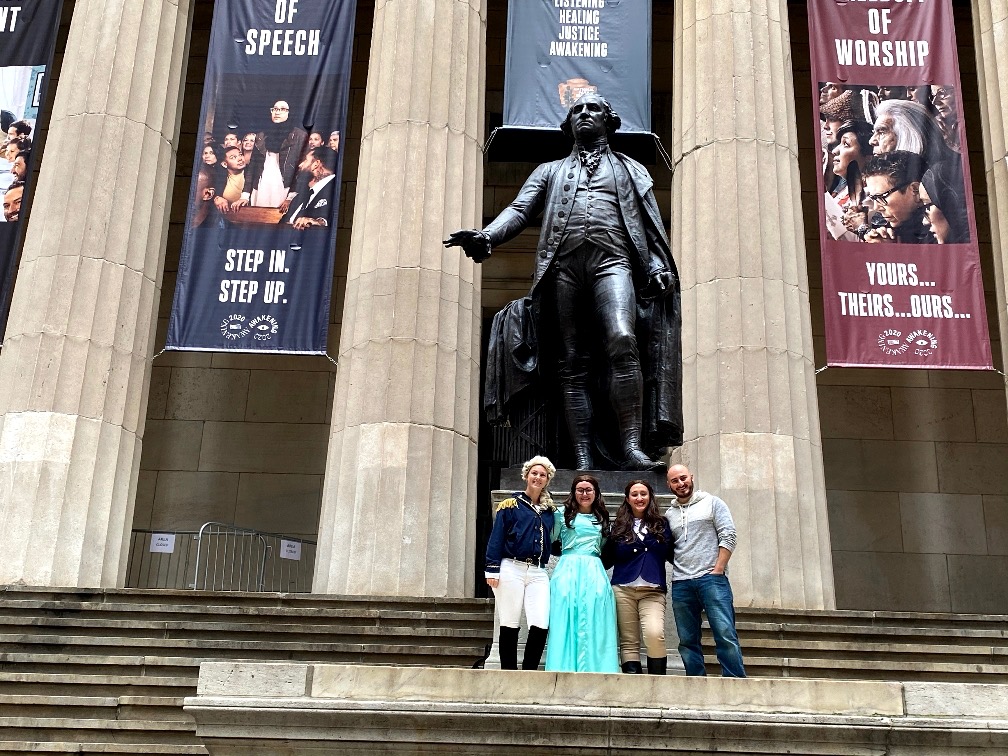
However, inside is actually a small, free, museum dedicated to the beginnings of the United States and Washington himself.
It’s important to note that the current building was constructed in the 19th century. The original structure that Washington, where Washington took his oath, was on this site, but burned down. Every April there is a remembrance of his oath to become president complete with costumed actors.
5.) St. Paul’s Chapel and Trinity Church.
Many people just simply aren’t aware that New York City is home to an actual colonial-era church — a remarkable size on at that. St Paul’s Chapel has seen nearly all of New York City’s centuries-old history, including surviving the September 11th attacks. Those happened just blocks over. Its walls and pews also welcomed George and Martha Washington for service after his first inaugural address. They were also visited by Thomas Jefferson, John Adams, and the Marquis de Lafayette.
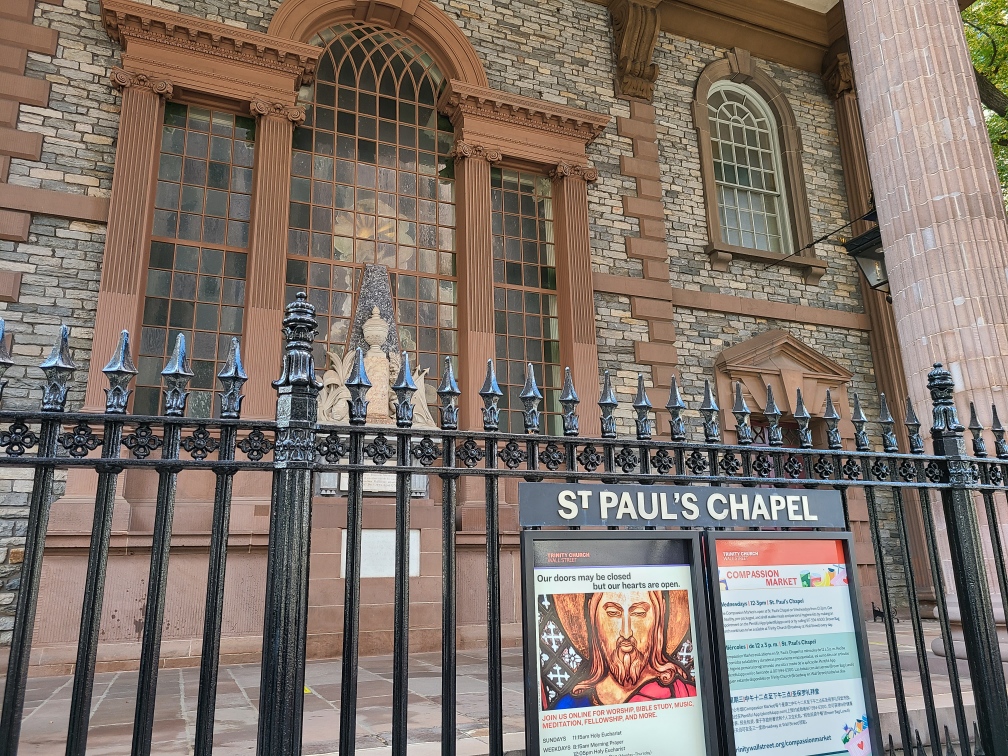
Just a short way down the block is Trinity Church where Alexander Hamilton is buried alongside his wife in the church’s cemetery. His pyramid-shaped monumental stone is unmissable. You can see it even from just walking outside the cemetery gates. They buried Angelica Schuyler, sister of Elizabeth within the cemetery as well. It’s entirely fitting that the forefather of America’s financial system has his resting spot surrounded by Wall Street and the banking industry.
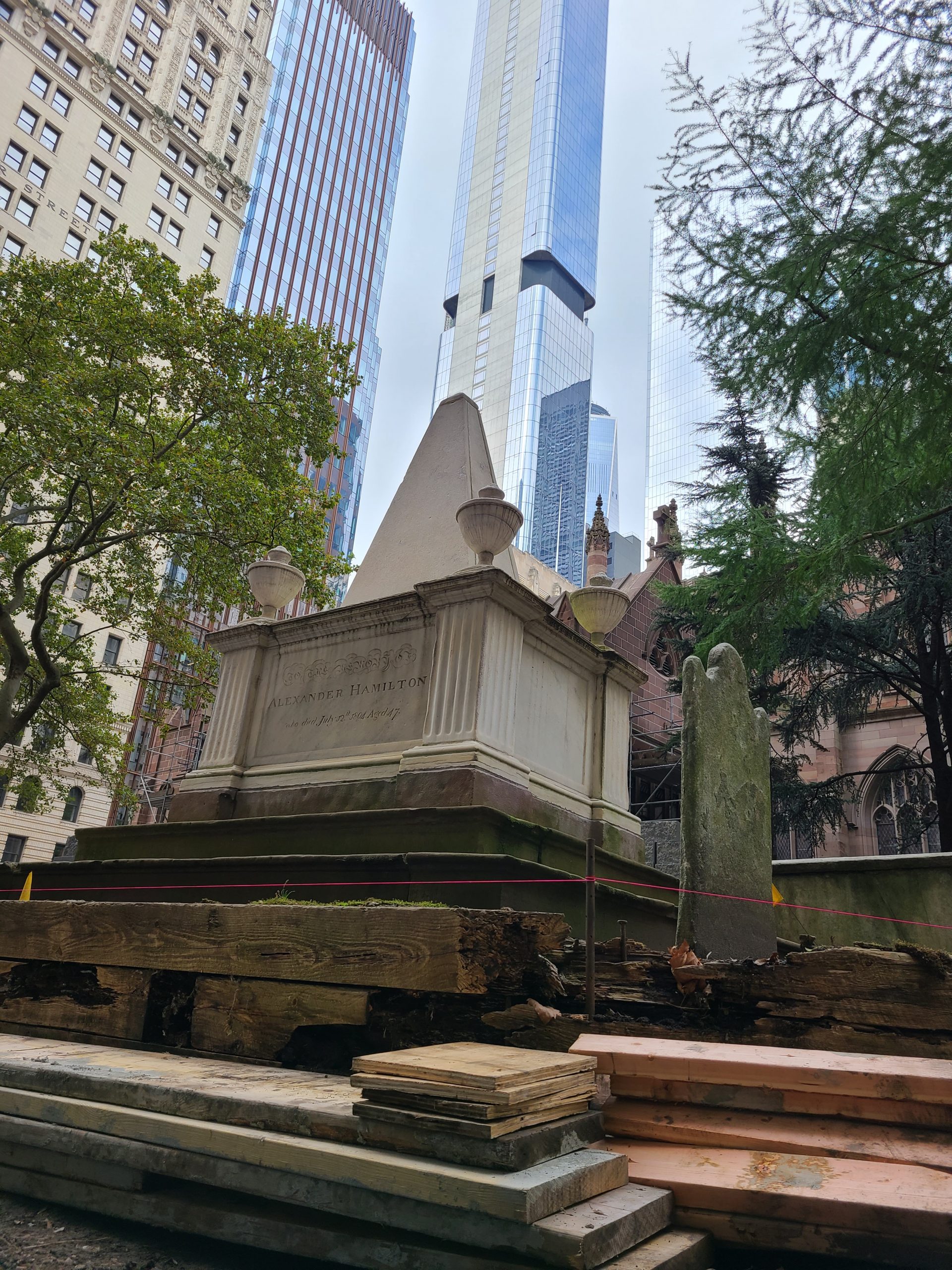
There is a good deal of Revolutionary-era men and women buried in the cemetery of Trinity Church. Don’t forget to check out the Soldiers’ Monument. It is built in honor of those soldiers held in captivity in New York City. They were thought to be buried in the cemetery.
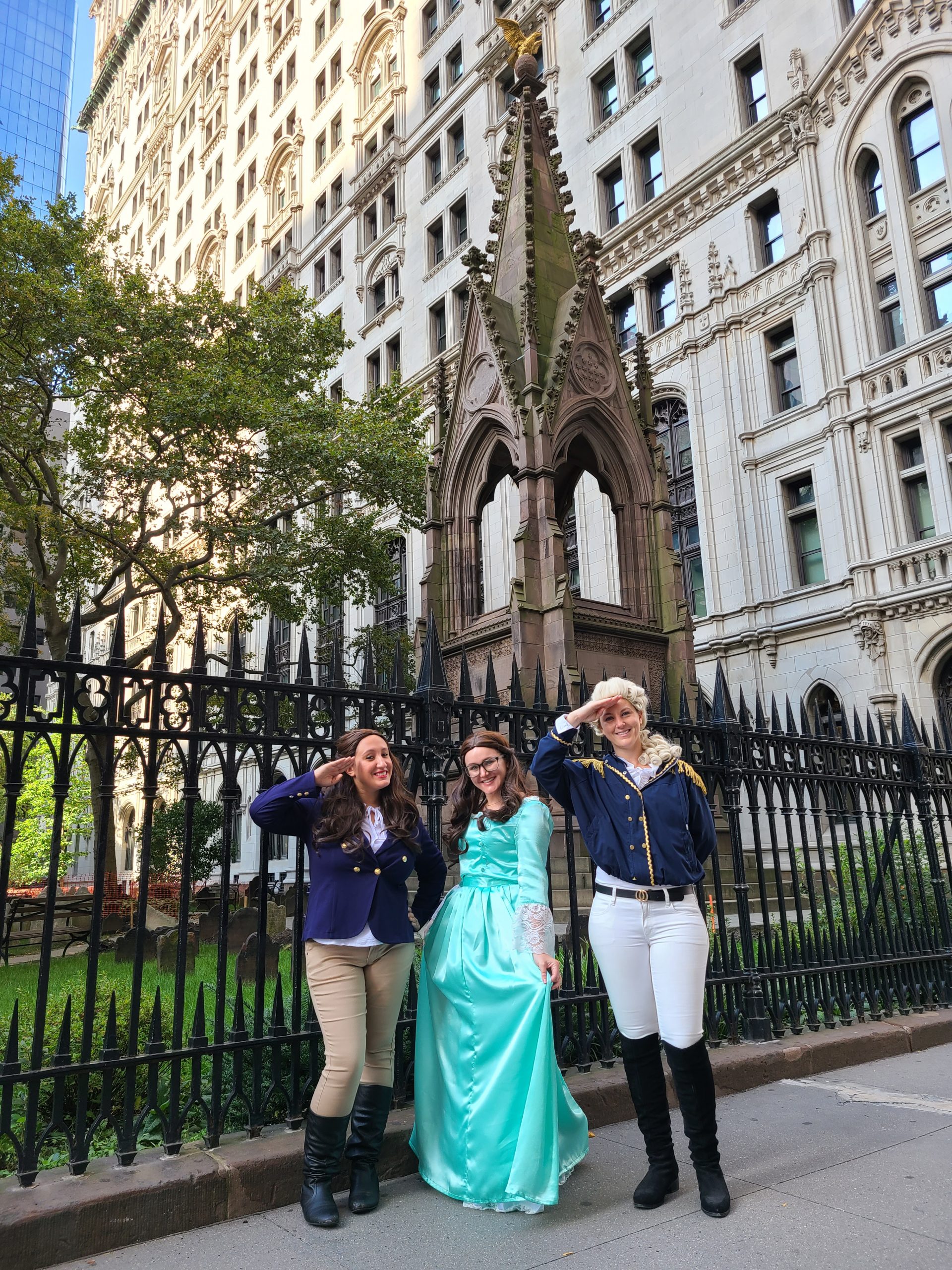


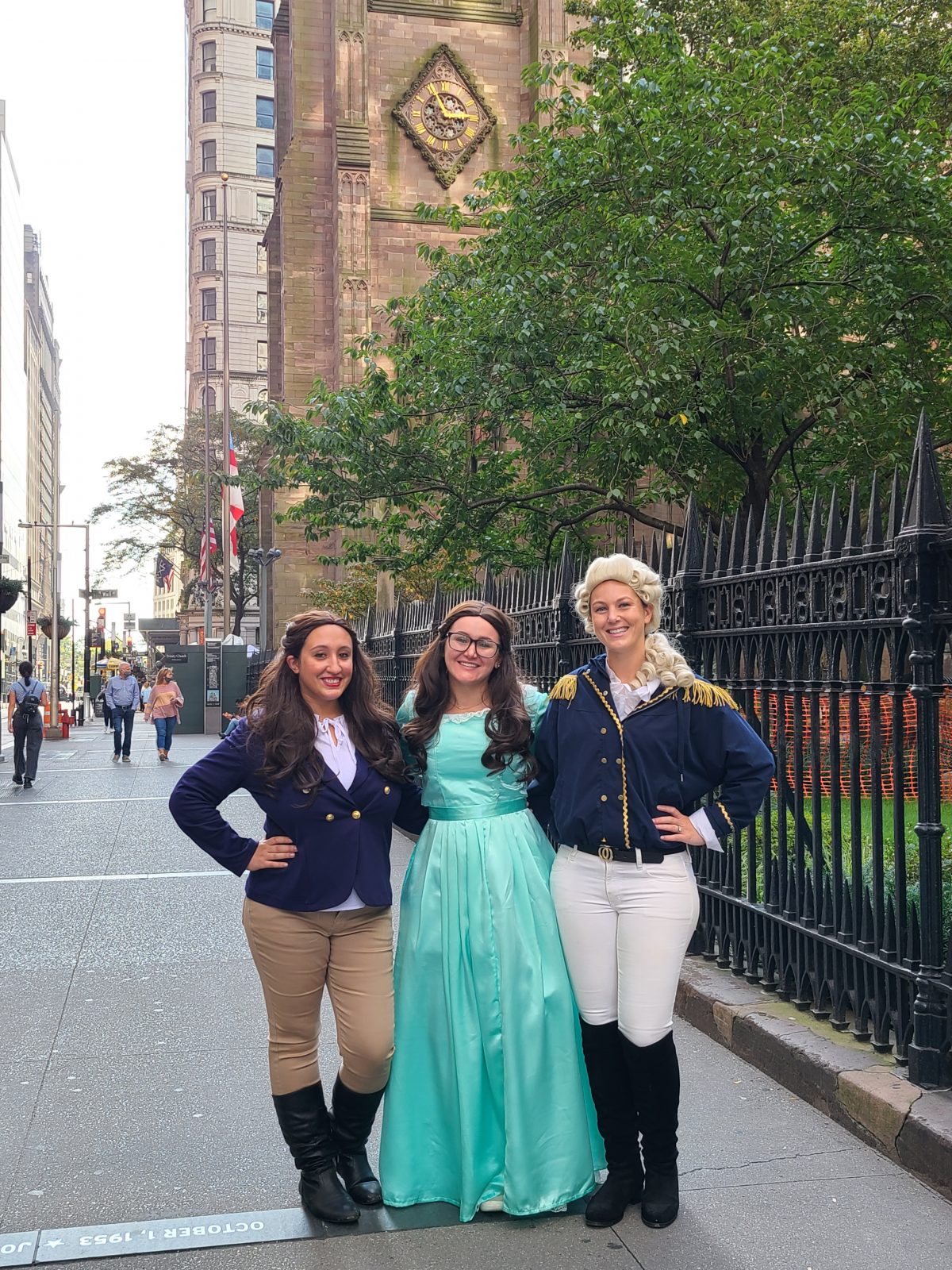

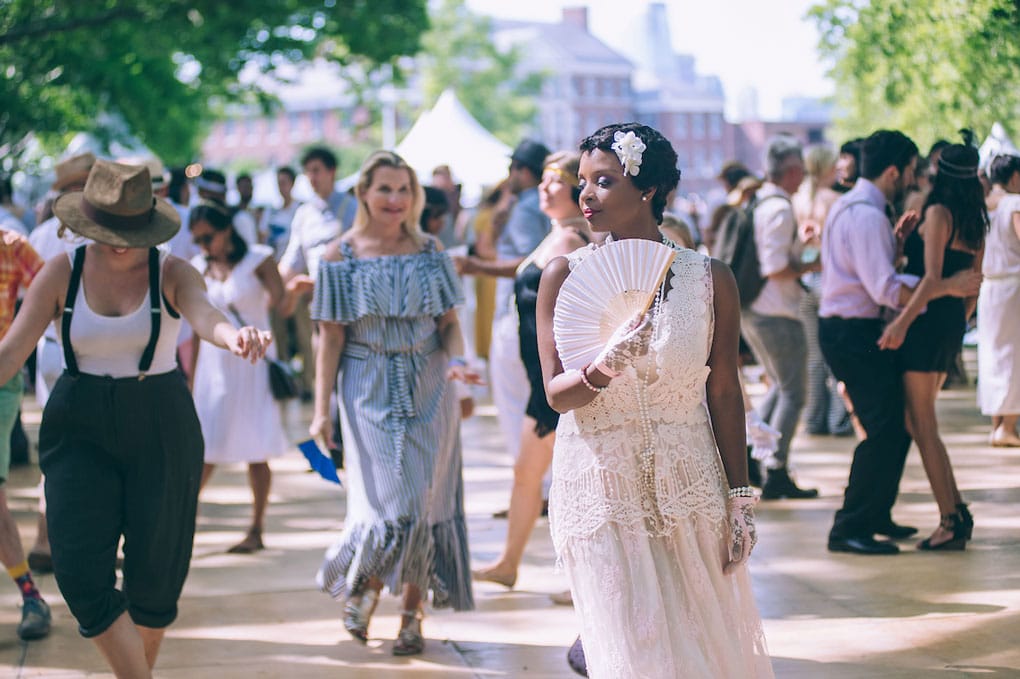
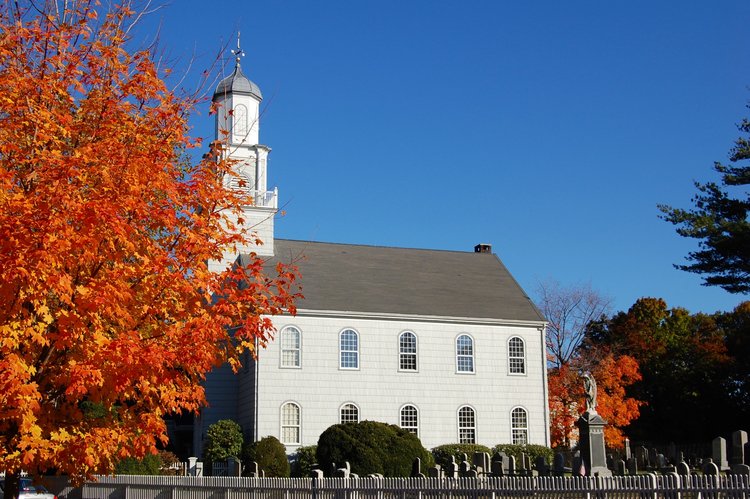
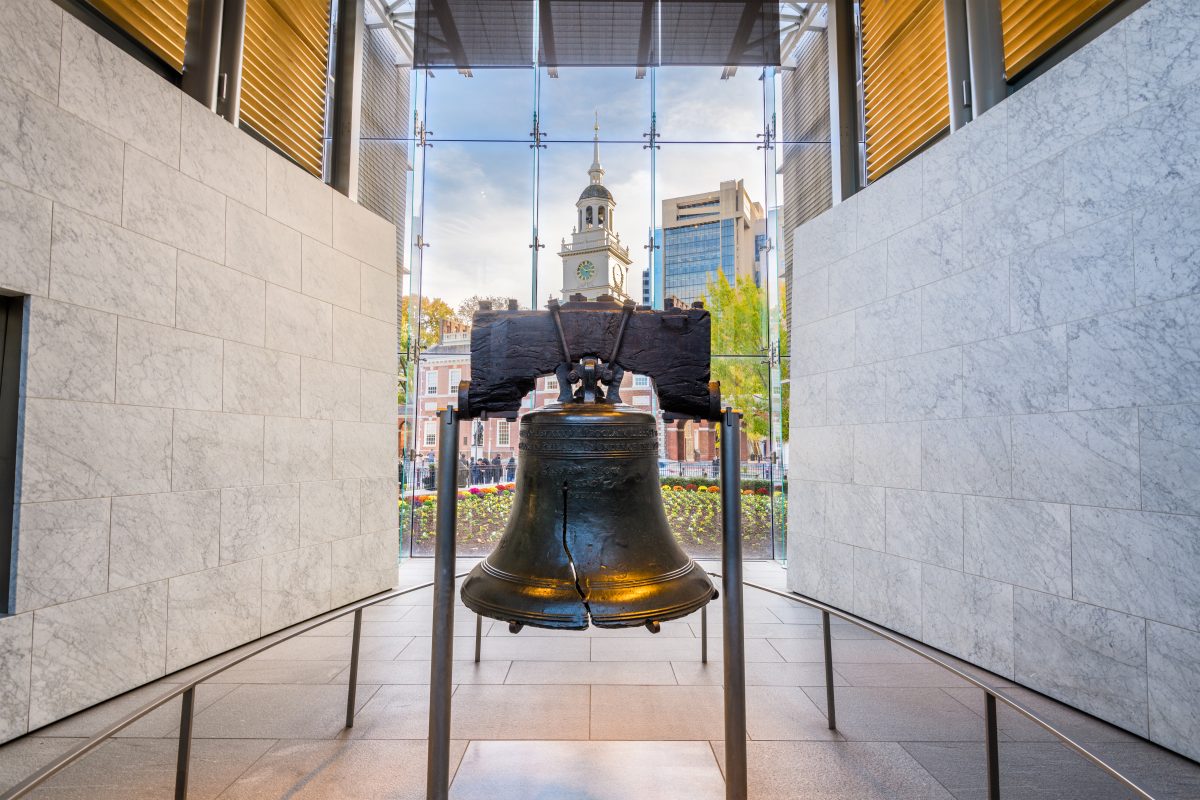
Great post! I’m going to be visiting NYC in about a month and as a fellow Revolution buff I’ve been excited to visit anything I can related to the era. Definitely plan on checking these spots out. The fence around Bowling Green Park sounds particularly exciting!
ReplyI'm so excited to hear about all of your adventures in NYC!! You're the best, Paul.